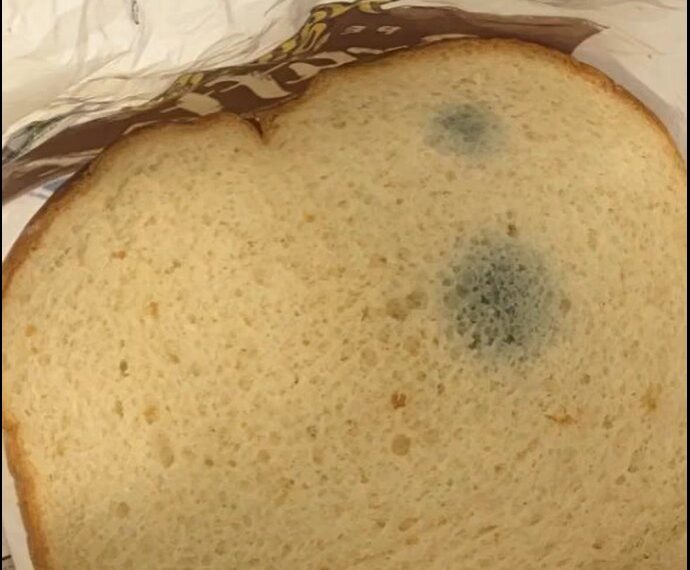🥄 Culinary Uses
- Revive in the oven: Wrap in foil and heat at 150°C (300°F) for 5-10 minutes.
- Make breadcrumbs: Dry fully and grind in a food processor.
- Create croutons: Cube, drizzle with olive oil and herbs, and bake until crispy.
🧊 Storage Tips
- Room temperature: Keep in a bread box or paper bag for 3–5 days.
- Freeze for longevity: Slice before freezing to take out what you need.
- Avoid the fridge: Contrary to popular belief, refrigeration speeds up staling due to starch retrogradation (source: Harold McGee, On Food and Cooking).
🧾 Conclusion: Should You Eat Stale Bread?
Yes—but with caution.
- ✅ If it’s just stale, it’s perfectly fine and even useful.
- 🚫 If there’s any sign of mold, discard it immediately.
Stale bread is not only safe when properly stored and inspected, but it’s also versatile and sustainable—a smart way to reduce food waste and get creative in the kitchen.
📚 Sources & Studies
- Journal of Food Science, 2007 – Starch Retrogradation in Bread.
- World Health Organization (WHO) – Mycotoxins in Food.
- Harold McGee, On Food and Cooking: The Science and Lore of the Kitchen.
- USDA Food Safety and Inspection Service – Mold and Food Safety Guidelines.
Pages: 1 2




